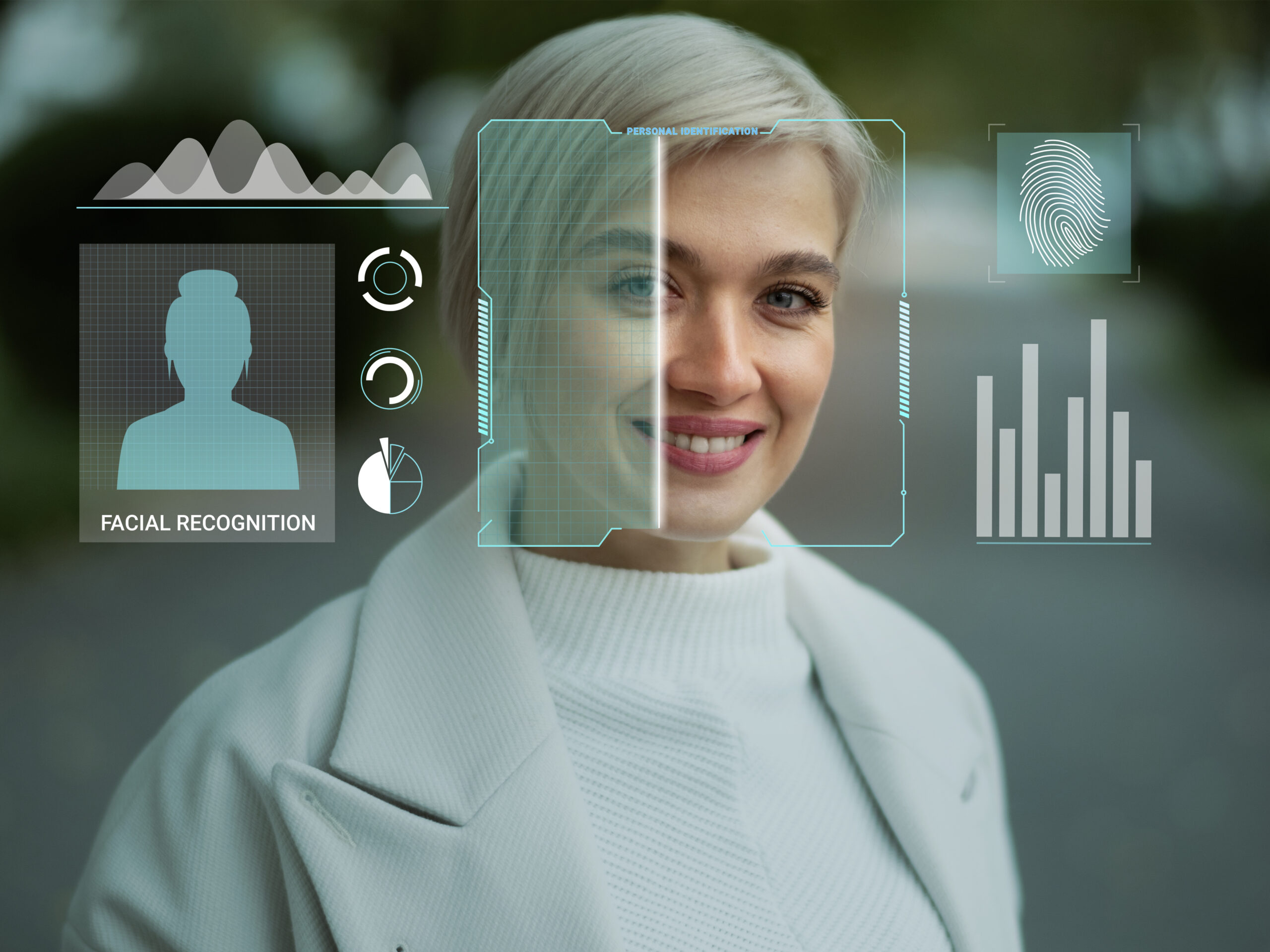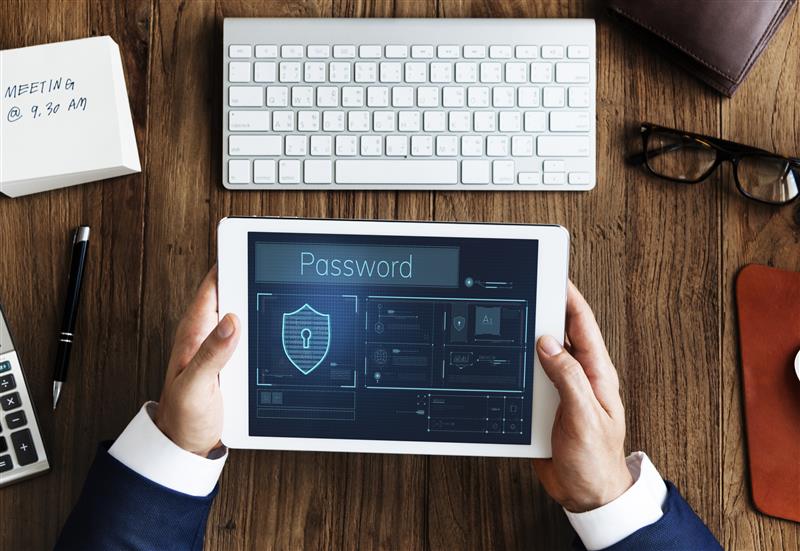
For years, passwords have been the cornerstone of digital security in enterprises. But despite their widespread use, they remain one of the weakest links in enterprise security. Employees juggle multiple passwords, forget them, reset them, and in some cases, even write them down on sticky notes. This not only creates a frustrating user experience but also exposes businesses to serious security risks. It’s clear that traditional password-based methods are no longer enough: Biometric Authentication offers a more secure and seamless alternative.
Organizations today are dealing with an ever-increasing number of cyber threats. Phishing attacks, credential stuffing, and brute force hacking attempts have all proven that passwords alone are not enough. Yet, the reliance on passwords persists, leading to inefficiencies, high IT costs, and constant security vulnerabilities. It is time for a change. It is time for businesses to embrace a Passwordless Authentication future powered by Biometric Authentication.
Imagine logging into your enterprise security system with just a glance or a touch. No more forgotten passwords. No more time wasted on reset requests. Just seamless, secure access that feels natural and intuitive. That is the power of Biometric Authentication. In this blog, we will explore why Biometric Authentication is the future of enterprise security and how it can transform the way businesses operate.
The Pain Points of Passwords: Why Enterprises Need a Better Solution
- Productivity Drain and User Frustration
The average employee manages more than a hundred passwords across different systems and applications. This constant juggling act results in wasted time, lost productivity, and frequent frustrations. Complex password policies requiring uppercase letters, numbers, and special characters make the situation even worse. Employees end up creating passwords that are either too simple or too complex to remember, leading to frequent resets.
- Security Risks That Keep Growing
Passwords are inherently vulnerable. Weak credentials, password reuse, and phishing scams continue to be leading causes of data breaches. Cybercriminals use sophisticated methods to exploit password-based authentication, gaining unauthorized access to sensitive enterprise security data. Once a password is compromised, an entire network can be at risk.
- High IT Costs and Maintenance Overheads
Help desks across organizations spend a significant amount of time handling password reset requests. Studies estimate that around half of all IT support tickets are password-related, translating into wasted resources and higher operational costs. The time and money spent on password-related issues could be better used to focus on innovation and strategic initiatives.
- Regulatory and Compliance Challenges
Many industries, including finance and healthcare, have strict security and compliance regulations. Enterprises that rely on traditional password-based authentication often struggle to meet these requirements. A password alone does not provide the strong identity verification needed to prevent unauthorized access and data breaches. Biometric authentication, on the other hand, offers a more robust solution that aligns with modern security and compliance standards.
The Rise of Biometric Authentication: Why It Works
Biometric authentication leverages unique biological characteristics such as fingerprints, facial recognition, iris scans, and even voice recognition to verify user identities. Unlike passwords, biometric authentication cannot be guessed, stolen, or shared. This makes them one of the most secure and user-friendly biometric security solutions available today.
- Eliminating Password-Related Risks
Since biometric authentication does not require a user to remember or enter a password, the risks associated with weak credentials and phishing attacks are significantly reduced. Hackers cannot steal a fingerprint or facial scan as easily as they can compromise a password.
- A Frictionless User Experience
With biometric authentication, users can log in instantly with a simple touch or glance. There is no need to type in long, complex passwords or go through multiple verification steps. This creates a seamless and frustration-free experience, allowing employees to focus on their work instead of struggling with login issues.
- Cost Reduction and Operational Efficiency
By eliminating passwords, enterprises can dramatically reduce IT support costs related to password resets and security incidents. Employees can access their applications and data faster, increasing overall efficiency and minimizing downtime.
- Meeting Compliance and Security Standards
Biometric authentication aligns with the security requirements of modern regulatory frameworks. It provides strong identity verification and access control, ensuring that only authorized personnel can access sensitive enterprise security systems. This not only enhances security but also helps businesses avoid compliance penalties.
Implementing Biometric Authentication in Enterprises: Best Practices
- Choose the Right Biometric Methods
Enterprises must choose biometric security solutions that best suit their needs. Fingerprint recognition, facial recognition, and iris scanning are some of the most commonly used options. Each has its own strengths, and businesses should evaluate their enterprise security requirements before implementation.
- Store Biometric Data Securely
Security should always be a top priority when implementing biometric authentication. Instead of storing biometric security solutions data on cloud servers, enterprises should use on-device storage with strong encryption. This minimizes the risk of data breaches and ensures that sensitive information remains protected.
- Combine Biometrics with Multi-Factor Authentication
While biometric authentication is highly secure, adding an extra layer of protection with passwordless authentication can further enhance security. Combining biometrics with device-based authentication or one-time passcodes can create a more robust authentication framework.
- Ensure Cross-Platform Compatibility
To maximize adoption and usability, enterprises should implement biometric security solutions across multiple devices and platforms. Major tech companies like Microsoft and Google are leading the shift toward passwordless authentication, integrating biometric security across enterprise applications. Whether employees are using desktop applications, mobile devices, or cloud-based software, biometric authentication should provide a seamless experience across all touchpoints.
- Educate Users and Promote Adoption
Adopting passwordless authentication requires a cultural shift within organizations. Employees should be educated about the benefits of biometric security solutions and how they improve enterprise security and convenience. Providing clear guidelines and training can help drive adoption and ensure a smooth transition.
The Future of Enterprise Security Beyond Passwords
As technology advances, biometric authentication will continue to evolve. Emerging innovations such as behavioral biometrics, voice recognition, and gait analysis will further enhance biometric security solutions. Artificial intelligence and machine learning will play a key role in improving biometric authentication, making it even more adaptive and resistant to fraud.
In the future, enterprises will not just rely on a single biometric trait but will use multiple factors to verify user identities. Continuous authentication, which monitors user behavior throughout a session, will become a standard approach to enterprise security. This will ensure that unauthorized access is detected and prevented in real time.
Artificial intelligence and machine learning will play a key role in improving biometric authentication, making it even more adaptive and resistant to fraud. To explore how AI extends beyond machine learning and deep learning, check out our blog,“Artificial Intelligence is More Than You Think: Beyond Machine Learning and Deep Learning.”
Conclusion: The Time to Go Passwordless Is Now

The era of passwords is coming to an end. Enterprises that continue to rely on outdated authentication methods are exposing themselves to security risks, inefficiencies, and high operational costs. Biometric authentication offers a smarter, more secure, and user-friendly alternative that eliminates password-related issues while enhancing enterprise security.
At Ariel Software Solutions, we specialize in implementing advanced biometric security solutions that provide seamless and secure access to enterprise security applications. If your business is ready to move toward a passwordless authentication future, our team can help you design and deploy a customized biometric authentication solution that meets your security and compliance requirements.
Contact us today to learn more about how biometric authentication can transform your enterprise security strategy.
Frequently Asked Questions (FAQs)
1. What is Biometric Authentication?
Biometric Authentication is a security process that verifies a user’s identity based on unique biological traits such as fingerprints, facial recognition, iris scans, or voice patterns.
2. How does Biometric Authentication improve Enterprise Security?
Unlike passwords, biometric data cannot be easily stolen, guessed, or shared. This significantly reduces the risk of phishing, credential theft, and unauthorized access to enterprise systems.
3. Is Biometric Authentication completely passwordless?
Yes, in most cases, Biometric Authentication eliminates the need for traditional passwords. However, some organizations implement it as part of a Multi-Factor Authentication (MFA) strategy for added security.
4. Can Biometric Authentication be hacked?
While no system is 100% foolproof, biometric security solutions use advanced encryption and on-device storage to protect biometric data, making it far more secure than traditional passwords.
5. What industries benefit the most from Biometric Authentication?
Industries such as finance, healthcare, government, and IT benefit the most from Biometric Authentication due to their stringent security and compliance requirements.
6. How can my business implement Biometric Authentication?
Ariel Software Solutions specializes in Biometric Security Solutions and can help enterprises deploy passwordless authentication for seamless and secure access.




